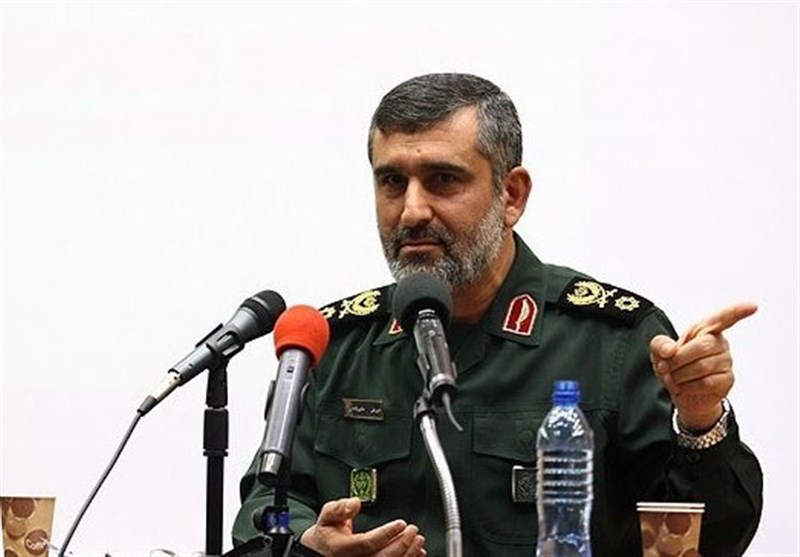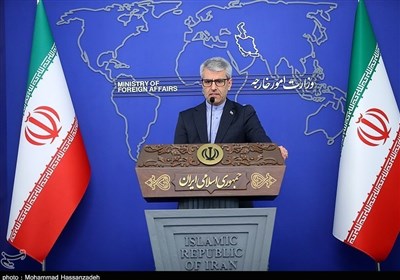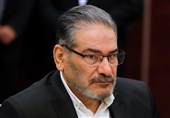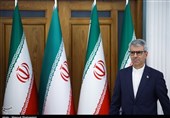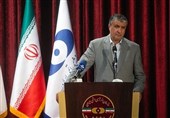Iran Capable of Producing Needed Missiles, Aircraft: IRGC Commander
TEHRAN (Tasnim) – Commander of the Islamic Revolution Guards Corps Aerospace Force Brigadier General Amir Ali Hajizadeh highlighted Iran’s latest missile achievements, saying that the country can now design and produce missiles it needs.
“Iran is now capable of designing and producing any needed missiles and aircraft,” Brigadier General Amir Ali Hajizadeh said in a speech on Thursday.
Highlighting Iran’s know-how to manufacture a wide range of military equipment, including missiles, he stressed that the Islamic Republic has made achievements in this field as it has taken the animosity of its enemies toward the country seriously.
Iranian military experts and technicians have in recent years made great headways in manufacturing a broad range of indigenous equipment, making the armed forces self-sufficient in the arms sphere.
Tehran has repeatedly stated that its military might is defensive in nature and poses no threat to other countries.
The Iranian commander further hailed the country’s intelligence capabilities and said Iran is enjoying full security in the region thanks to its intelligence supremacy as well as the steadfastness and resistance of its armed forces.
Elsewhere in his remarks, Brigadier General Hajizadeh praised the recent liberation of the northwestern Syrian city of Aleppo, describing it as a major defeat for the West, especially the US.
On December 22, the Syrian military announced that it had attained full control of the northwestern city of Aleppo, having completely cleansed its eastern side of militants for the first time since 2012.
The victory came about despite military support for the militants by the United States, Turkey, and some Arab countries in the Persian Gulf region.
Syria has been gripped by civil war since March 2011 with various terrorist groups currently controlling parts of it.
According to a report by the Syrian Center for Policy Research, the conflict has claimed the lives of over 470,000 people, injured 1.9 million others, and displaced nearly half of the country’s pre-war population of about 23 million within or beyond its borders.
